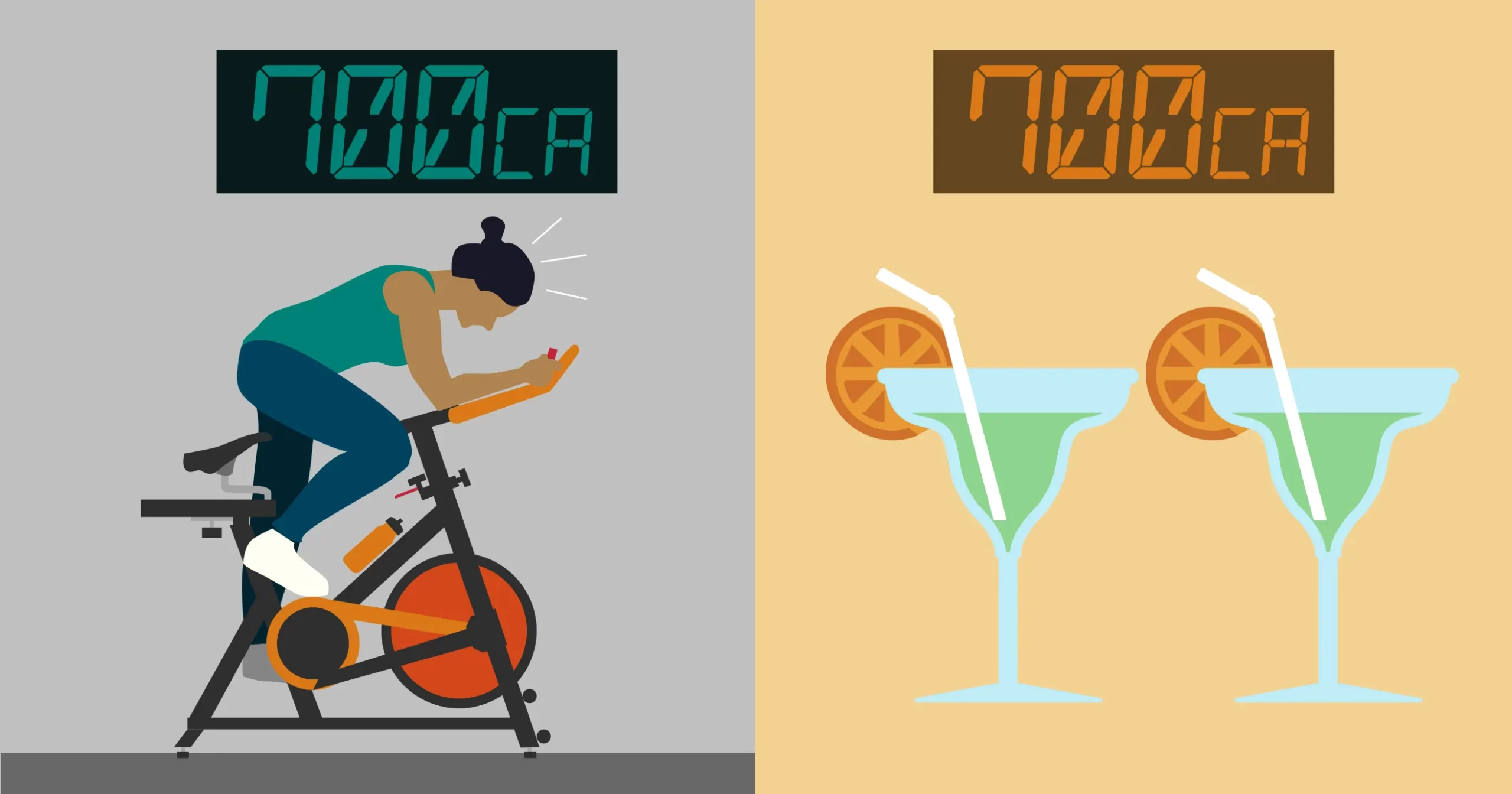Weight loss is a complex process that encompasses not only physical activity but also nutrition, mental well-being, and lifestyle adjustments. One common question that arises among individuals seeking to shed pounds is, “How many steps do I need to take to lose weight?” This article will delve into the relationship between physical activity, measured in steps, and weight loss, providing insights into how you can effectively integrate walking into your weight loss journey.

Understanding Weight Loss
Before diving into the specifics of step counts, it’s crucial to understand the fundamental principle of weight loss: caloric deficit. To lose weight, you must burn more calories than you consume. This can be achieved through a combination of dieting and increasing physical activity. Each pound of body weight is generally considered to require a caloric deficit of approximately 3,500 calories to be lost.
The Role of Walking in Weight Loss
Walking is one of the simplest forms of exercise and is accessible to most people. It can be a wonderful tool for weight loss for several reasons:
- Low Impact: Walking is gentle on the joints and can be performed by individuals of varying fitness levels.
- Sustainable: This activity can easily be integrated into daily life, making it easier to stick with long-term.
- Variable Intensity: Walking can be adjusted in intensity (speed, incline) to enhance caloric burn.
- Boosts Mood: Exercise, including walking, releases endorphins that can enhance mood and reduce stress, factors that can impact eating habits and overall well-being.
How Many Steps Should You Take?
The commonly quoted target for daily steps is 10,000 steps. This benchmark is often attributed to marketing during the rise of pedometer popularity. While 10,000 steps is a commendable goal and has shown benefits for overall fitness, it’s important to note that the exact number of steps needed for weight loss can vary based on several factors, including individual metabolism, diet, and overall health.
General Guidelines for Steps and Weight Loss
- Starting Point: If you are currently sedentary, aim for a starting point of around 5,000 steps a day. Gradually increase this number by adding 500 to 1,000 extra steps each week.
- Moderate Goal: For moderate weight loss, aim for 7,500 to 10,000 steps per day. This level of activity can promote health benefits and help facilitate fat loss.
- Intensive Weight Loss: If you’re looking for more aggressive weight loss, consider aiming for 12,000 to 15,000 steps a day. However, this should be combined with a healthy diet to maximize results.
- High-Intensity Walking: To increase caloric expenditure, incorporate brisk walking sessions or intervals where you increase your pace for short bursts (e.g., 1-2 minutes of brisk walking followed by a slower pace).
How to Count Steps and Track Progress
- Pedometers and Fitness Trackers: These tools are great for tracking your daily activity. They can be worn or placed in your pocket to provide accurate step counts. Many smartwatches and mobile apps also offer step-tracking features.
- Setting Goals: Set daily, weekly, and monthly goals to ensure continuous motivation. The SMART goal framework (Specific, Measurable, Achievable, Relevant, Time-bound) can be very helpful in setting these objectives.
Incorporating More Steps into Your Day
If reaching the desired number of steps feels daunting, consider these practical ways to incorporate more walking into your daily routine:
- Walk During Breaks: Use short breaks at work to walk around.
- Take the Stairs: Forego the elevator for stairs, which can significantly increase your daily steps.
- Park Further Away: Choose distant parking spots when going to the store or work.
- Walking Meetings: Suggest walking meetings in place of sitting in a conference room.
- Explore Nature: Take leisurely walks in parks or nature reserves, which can also improve mental health.
Nutrition and Weight Loss
While increasing your step count is beneficial, nutrition remains a key component of weight loss. Here are some dietary tips to complement your walking regimen:
- Balanced Diet: Eat a mix of macronutrients: carbohydrates, proteins, and fats, focusing on whole foods.
- Portion Control: Be mindful of portion sizes to avoid excessive caloric intake.
- Hydration: Drink plenty of water, as thirst can sometimes be mistaken for hunger.
- Limit Processed Foods: Reduce consumption of sugary snacks and beverages, which can spike calorie intake without providing significant nutrition.
Monitoring Your Progress
Regularly assess your progress by tracking your weight, measurements, and how your clothes fit. Adjust your walking and dietary habits as needed if you find that weight loss stalls.
Potential Barriers and Solutions
While walking is relatively straightforward, some barriers may hinder your ability to reach your step goals:
- Time Constraints: If you struggle to find time, consider splitting your walking into smaller chunks throughout the day.
- Motivation: Find an accountability partner or join walking groups to stay motivated.
- Injury or Illness: Consult with healthcare professionals if you have health concerns that restrict your ability to walk.
Conclusion
The number of steps required for effective weight loss is highly individual and influenced by various factors such as diet, metabolism, age, and lifestyle. Although the gold standard of 10,000 steps can be an excellent target, starting slowly and gradually increasing activity levels can lead to sustainable weight loss over time.
Ultimately, the best approach combines walking with a balanced diet, regular tracking of your progress, and adapting your routine as necessary. Walking is not just about weight loss; it’s about building a healthier lifestyle that can lead to long-term well-being. By integrating more steps into your daily routine alongside mindful eating practices, you can successfully achieve your weight loss goals and improve your overall health.


